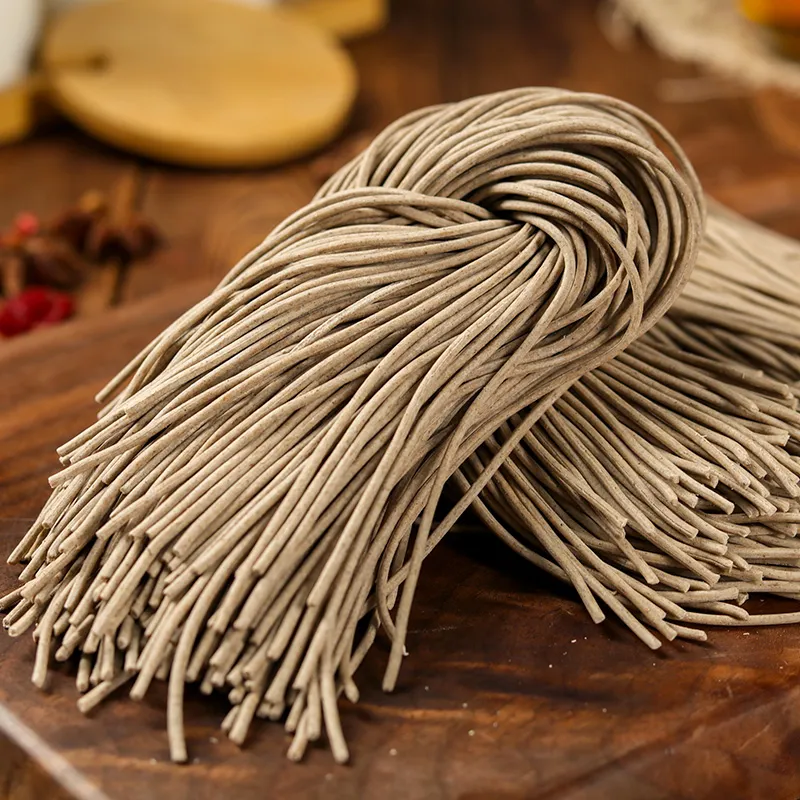easy handmade pasta
Easy Handmade Pasta A Culinary Delight
Making handmade pasta may sound intimidating, but it is far easier than you might think. With just a few simple ingredients and some basic techniques, you can create delicious, fresh pasta in your own kitchen. In this article, we'll walk through the step-by-step process of making easy handmade pasta, bringing the taste of Italy right to your dining table.
Ingredients You Will Need
The beauty of handmade pasta lies in its simplicity. The basic ingredients are
1. Flour All-purpose flour works well, but for a more authentic taste, consider using “00” flour, which has a finer texture. 2. Eggs The traditional ratio is one large egg per 100 grams of flour. 3. Salt A pinch of salt enhances the flavor. 4. Olive Oil (optional) A tablespoon of olive oil can add richness to your dough.
Step-by-Step Guide to Making Pasta
1. Prepare the Dough
Start by measuring your flour. For a small batch, use 200 grams of flour and two large eggs. On a clean work surface, create a mound of flour and make a well in the center. Crack the eggs into the well and add a pinch of salt. Using a fork, beat the eggs gently, gradually incorporating the flour from the inner walls of the well. Once the mixture becomes too thick to mix with a fork, use your hands to knead the dough.
2. Knead the Dough
Kneading is crucial for developing the gluten in the dough, which gives pasta its unique texture. Knead the dough for about 10 minutes until it is smooth and elastic. If the dough feels sticky, sprinkle a little flour as needed. Once kneaded, wrap the dough in plastic wrap and let it rest for at least 30 minutes; this allows the gluten to relax, making it easier to roll out.
easy handmade pasta

3. Roll Out the Dough
After resting, divide the dough into four smaller portions to make it more manageable. Take one portion and keep the others wrapped to prevent them from drying out. Flatten the piece of dough slightly with your hand, then use a rolling pin to roll it out evenly, dusting with flour to prevent sticking. Aim for a thickness of about 1-2 millimeters. If you have a pasta machine, you can use it to roll the dough to your desired thickness.
4. Cut the Pasta
Once the dough is rolled out, you can cut it into your desired shapes. For tagliatelle, lightly dust the sheet of dough with flour, then roll it up loosely. Slice the rolled dough into strips about half a centimeter wide. Unroll the strips and lay them flat on a floured surface or a drying rack. For other pasta shapes like pappardelle or fettuccine, adjust the width accordingly.
5. Cook the Pasta
Cooking fresh pasta is quick and easy. Bring a large pot of salted water to a boil. Fresh pasta cooks faster than dried pasta, usually taking just 2-4 minutes depending on the thickness. Taste a strand to check if it's done to your liking. Once cooked, drain the pasta and toss it with your favorite sauce, whether it's a simple olive oil and garlic combination, marinara, or a creamy alfredo.
Tips for Success
- Practice Makes Perfect Your first attempt may not be perfect, but practice will improve your pasta-making skills. - Experiment with Flavors You can add ingredients like spinach or beetroot to the dough to create colored pasta. - Storing Fresh Pasta If you're not cooking the pasta immediately, you can air dry it for 30 minutes and then store it in an airtight container in the fridge for up to two days or freeze it for later.
Conclusion
Handmade pasta is a rewarding culinary adventure that allows you to connect with the tradition of Italian cooking. With just a few ingredients and some time, you can create deliciously fresh pasta that elevates any meal. So roll up your sleeves, gather your ingredients, and get ready to impress yourself and your loved ones with this simple yet exquisite dish. Enjoy the process, savor the flavors, and celebrate the joy of homemade pasta!
-
Unleash Your Inner Chef with Delectable Italian Pasta CreationsNewsAug.01,2025
-
Savor Health and Flavor: Irresistible Soba Noodles for Sale Await!NewsAug.01,2025
-
Nourish Your Body with Premium Organic Ramen - A Culinary Delight AwaitsNewsAug.01,2025
-
Elevate Your Dishes with Our Exquisite Kinds of Egg NoodlesNewsAug.01,2025
-
Dive into Flavorful Convenience with Our Ramen OfferingsNewsAug.01,2025
-
Discover Exquisite Types of Naengmyeon and Chilled Soba NoodlesNewsAug.01,2025
-
Is Whole Wheat Pasta Healthy?NewsMay.30,2025
Browse qua the following product new the we

















































































































